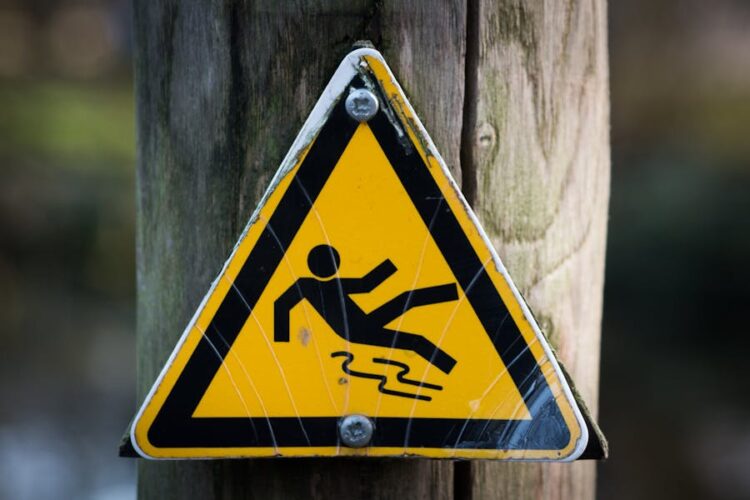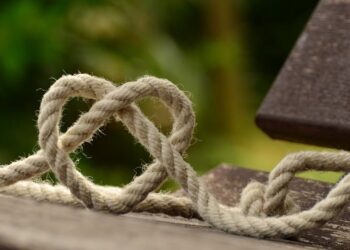A simple trip or slip accident can result in severe injuries and life-altering consequences to anyone at any time.
Trip and fall cases can also be challenging due to various compounding factors.
For this reason, Understanding Liability and Compensation in Slip and Fall Accidents is essential when seeking fair compensation for your pain and suffering.
Have you suffered an injury at a public place or on someone else’s property? It’s important to know your rights and the steps you can take to seek compensation for your damages.
Lucky for you, we have prepared this piece to teach you everything you need to know about slip-and-fall accidents. Read to the end to gain more insights.
Common Causes Of Slip And Fall Accidents
Unfortunately, slip and fall accidents are common, and they can result in serious bodily injuries to the victims. In some cases, substantial injuries can lead to a lawsuit against the property owner.
This is why you must understand what causes slip and fall injuries to prevent and avoid them. They include:
- Wet or slippery floors
- Uneven or damaged flooring
- Loose or torn carpeting
- Cluttered walkways or hallways
- Lack of proper lighting
- Inadequate handrails or guardrails
- Spilled liquids or food debris
- Icy or snowy outdoor surfaces
- Improperly maintained stairs or steps
- Worn-out or inappropriate footwear
Liability In Slip And Fall Cases
If someone slips and falls on a property, the owner is typically held liable for any injuries or damages that occur as a result.
However, to establish liability, you must prove that the property owner’s negligence directly caused the accident.
You can do this by:
- Presenting evidence such as security footage.
- Utilizing eyewitness accounts.
- Providing previous complaints about the hazardous condition of the property.
- Checking to see if the property owner violated local laws and safety building codes.
- Consulting safety inspectors to assess the property’s condition and determine if it posed a danger
These types of evidence can prove that the property owner failed to take reasonable precautions to prevent the accident.
On the other hand, the plaintiff needs to demonstrate that they exercised reasonable care and that the accident was not their fault.
If the plaintiff was distracted or not paying attention during the accident, it could reduce the property owner’s liability.
Compensation For Slip And Fall Injuries
After proving the defendant’s negligence, you’ll receive compensation for various damages. These may include;
- Medical Expenses – Reimbursement for medical bills incurred due to injuries sustained in the accident. This covers doctor visits, hospital stays, surgeries, medications, rehabilitation, and ongoing medical care.
- Lost Income – Compensation for wages or income lost due to the accident. This encompasses missed work days, reduced earning capacity due to injuries, and potential future income losses if the injuries lead to long-term impairment.
- Property Damage—This is compensation for any personal property damaged during the slip-and-fall incident. This could include clothing, electronic devices, or other belongings directly affected by the accident.
- Pain and Suffering – Compensation for the physical pain, emotional distress, and mental anguish caused by the accident and subsequent injuries. Pain and suffering damages are subjective and aim to address the overall impact on your quality of life.
- Additional Damages – Depending on the circumstances, you may also be entitled to compensation for factors such as
- Disability
- Disfigurement
- Loss of consortium (loss of companionship or intimacy).
- Punitive damages (intended to punish the negligent party for egregious behavior).
Steps To Take After A Slip And Fall Accident
Slip and fall accidents can happen unexpectedly. And often, the victims are left injured and unsure of what to do next. You must be prepared and know the appropriate steps to take in such situations. These include;
- Seek medical attention—The first and most important step after a slip-and-fall accident is to seek immediate medical attention. Even if you believe your injuries are minor, get a thorough examination to ensure no underlying issues may worsen over time. This also helps document your injuries and establish a link between the accident and your medical condition.
- Report the incident –Reach out to the appropriate authority or property owner immediately. Provide detailed information about the incident, including the date, time, location, and any witnesses present. Request a copy of the accident report.
- Document evidence—Gathering evidence related to the slip-and-fall accident is essential to strengthen your case. Take photographs of the scene, including any hazards or dangerous conditions that caused your fall. Also, make note of any contributing factors, such as poor lighting, wet floors, or faulty handrails. Additionally, collect contact information for any witnesses who saw the accident occur.
- Preserve evidence – Preserving any physical evidence related to the slip and fall accident is crucial. This could include the shoes or clothes you wore during the incident and any damaged personal belongings. If possible, do not alter or repair them until your attorney or insurance company advises.
- Consult an attorney – If you have suffered injuries or significant damages, it is advisable to consult with a personal injury attorney who specializes in premises liability cases.
An experienced attorney can guide you through the legal process, help gather evidence, and fight for fair compensation for your injuries.
Do not discuss fault or accept blame with the property owner or insurance company until you consult a legal professional.
Conclusion
If you’ve read to this point, navigating the complexities of slip-and-fall cases should not be an issue. Slip and fall cases can be complex, requiring thoroughly examining the evidence and circumstances surrounding the accident.
However, the property owner can be held responsible for any injuries or damages caused by the slip-and-fall accident. You can establish the property owner’s negligence and demonstrate that the accident was not your fault.










